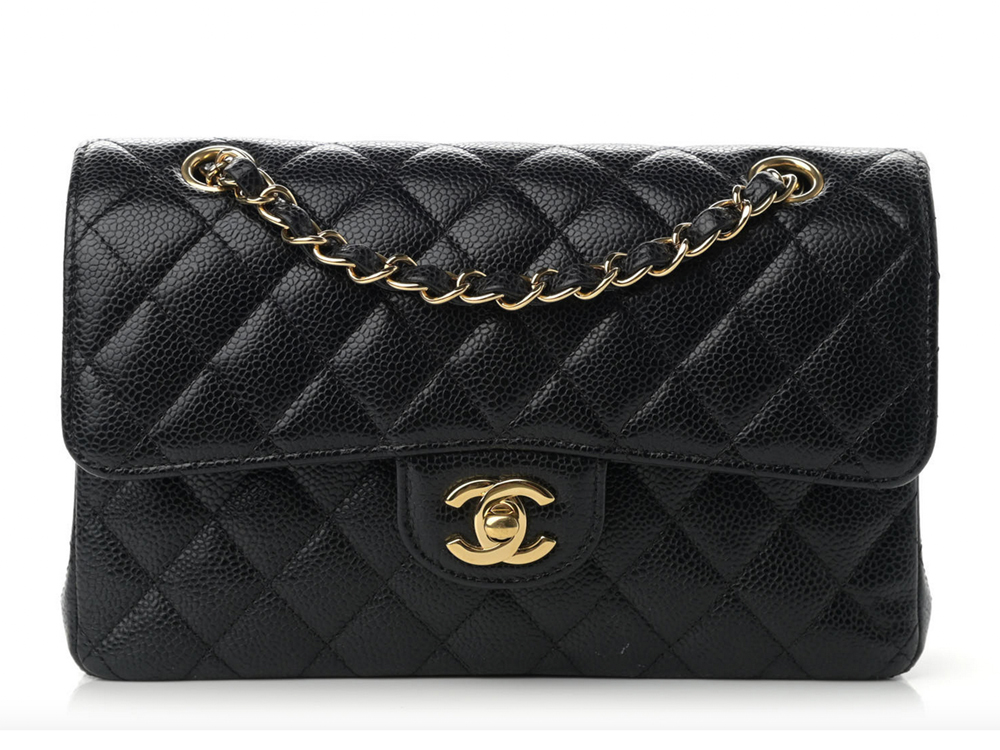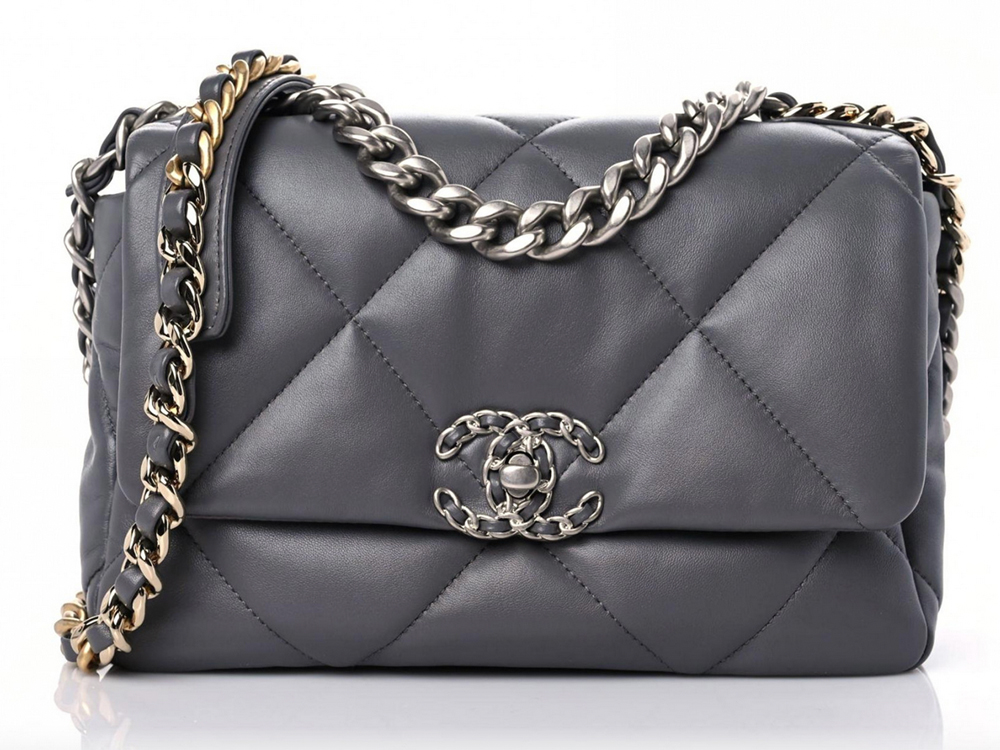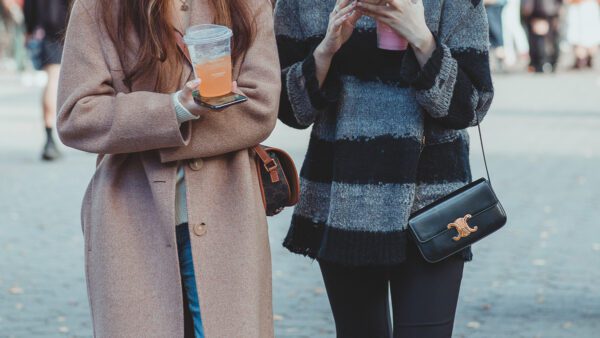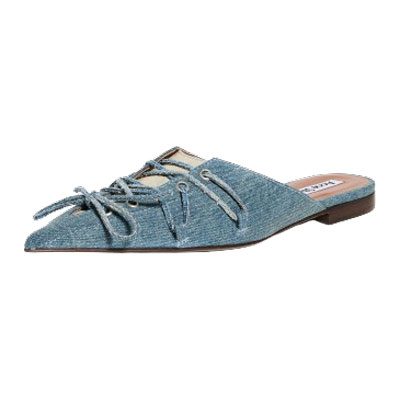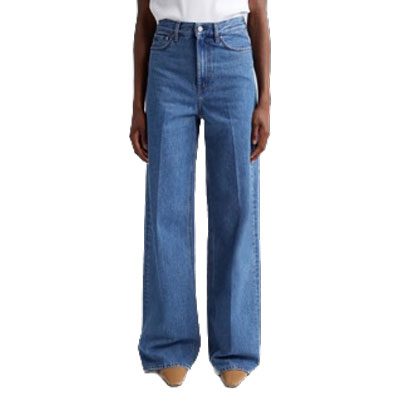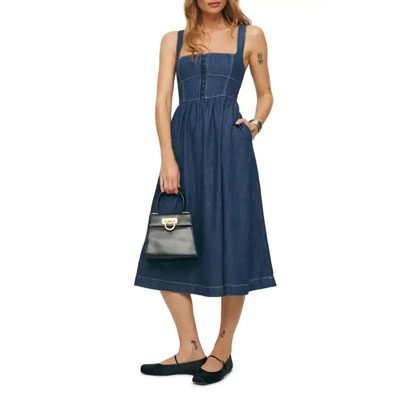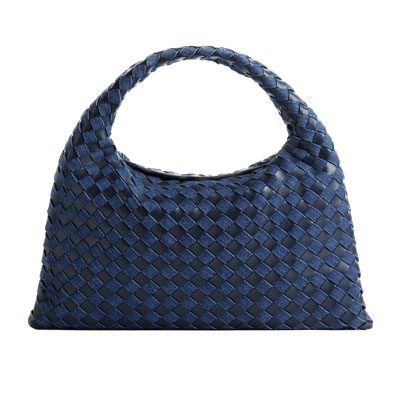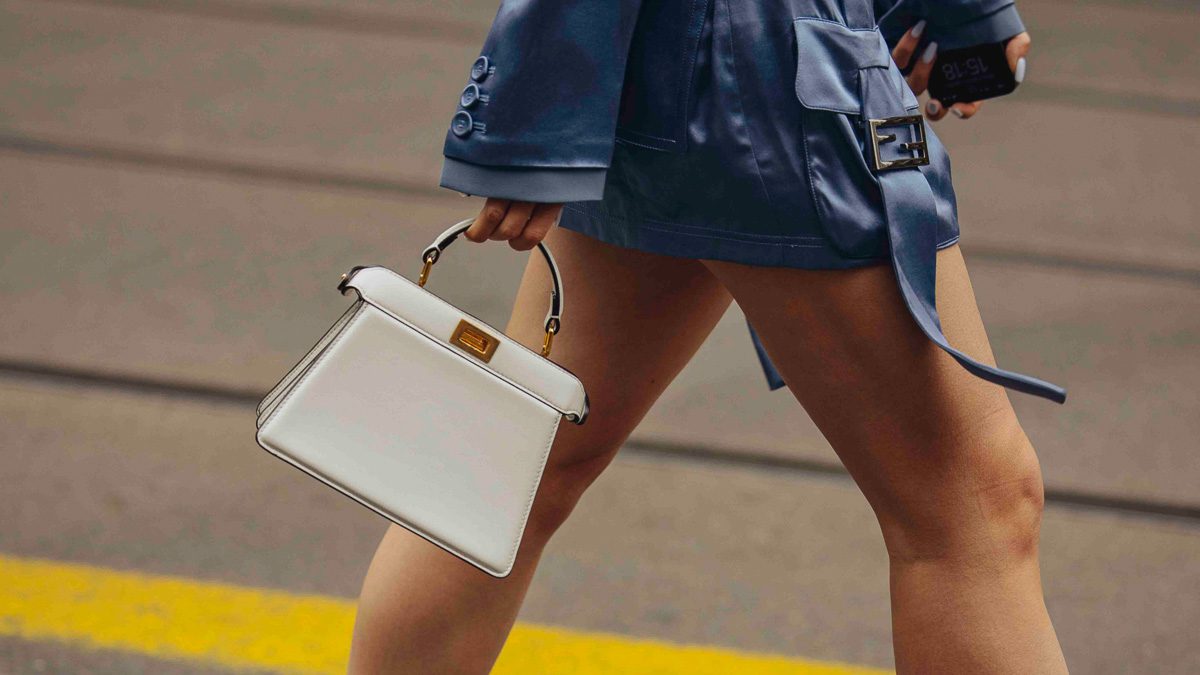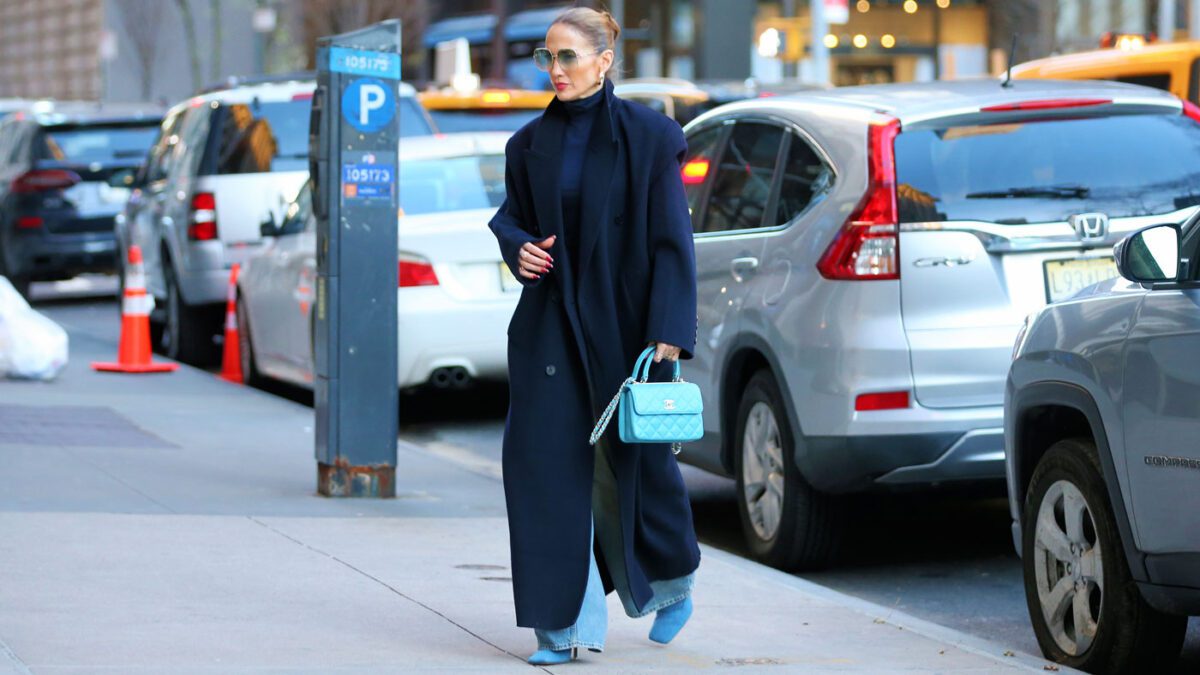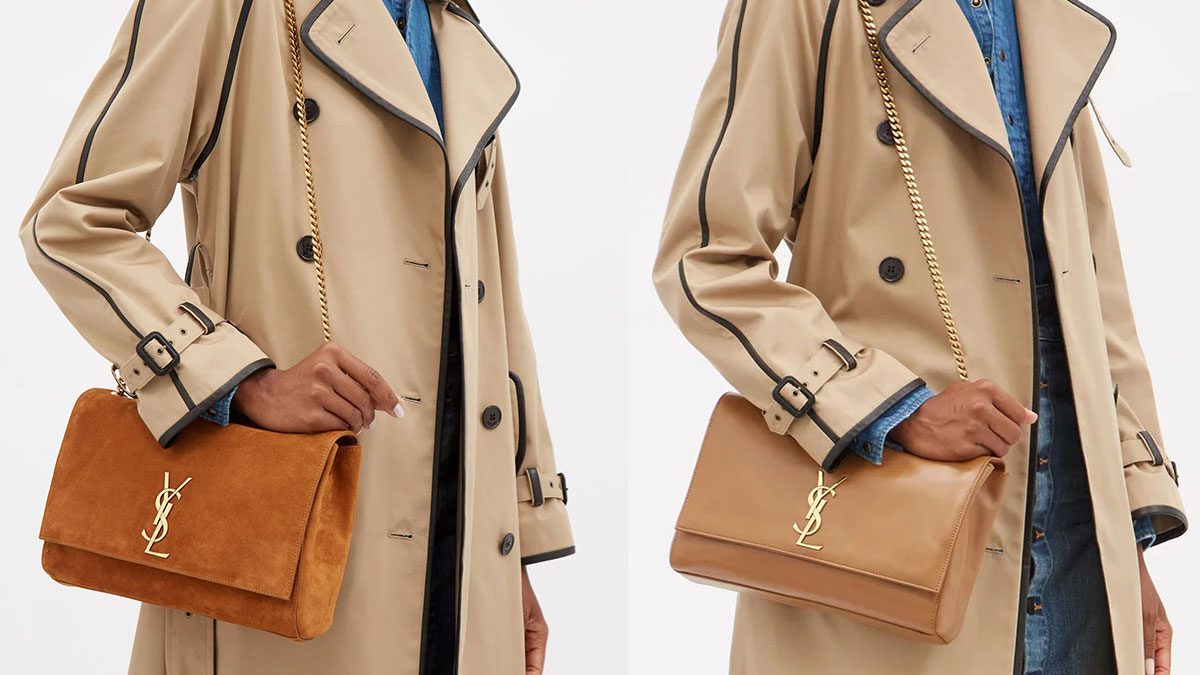What do you use your handbags for?
As daily haulers for all your material needs (and sometimes, the weight of your emotional baggage)? As a repository for diapers? To curate your lust-worthy Instagram feed with? Or perhaps, as vehicles of “sound investment”? What about funding a divorce? Wait, what?
Yep, you heard me right. Handbags are becoming entangled in high-profile divorces. Plus, from its proverbially “profitable” standpoint, it was only a matter of time before our purses naturally progressed to this stage, right?
This apparently was the case with Hollywood actress Christina Ricci, who recently opened up to The Cut about having to sell off her sizeable collection of Chanel purses and fine jewelry to fight the legal battle with her now ex-husband, James Heerdegen.
And while the nitty-gritty of the reselling process remains open to speculation (one can’t help but wonder exactly how much her pieces sold for), this is simply one of the numerous ways the house of Chanel constantly manages to stay on top of the rumor mills and the gossip vines of the fashion industry.
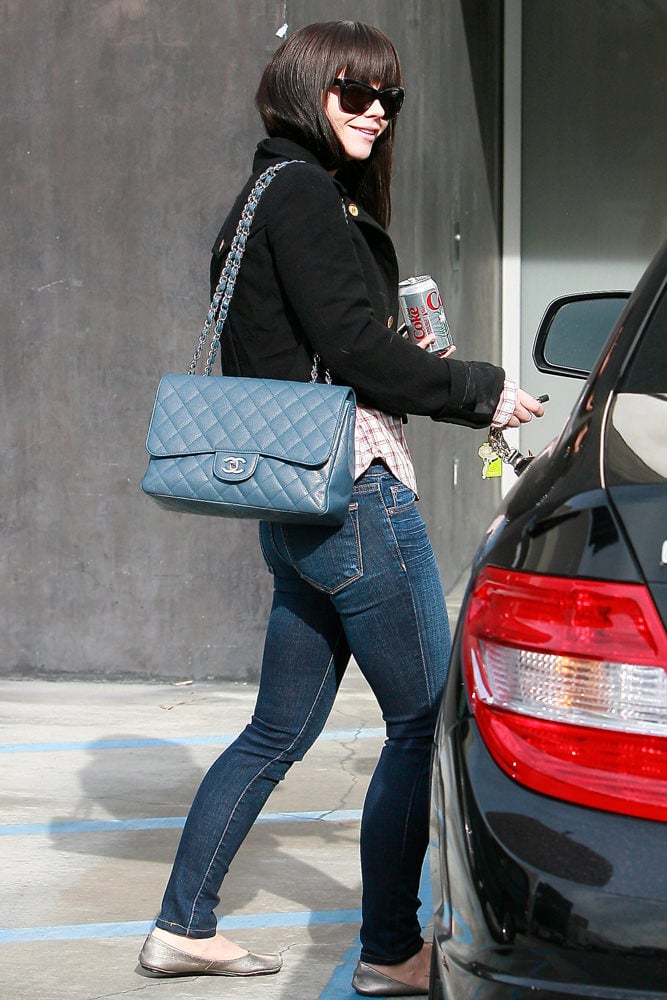
In fact, Chanel has been discussed from all angles recently. Whether through its much-critiqued price-hikes fast leaping out of the budgets of most buyers wishing to purchase the brand’s Holy Grail trifecta – the Classic Flap, the Reissue, and the Boy – or its recent designs, like the Chanel 22 bag, which have gained lovers and haters in equal parts, if there’s one thing everybody can agree on, it’s that Chanel is on a roll. And neither the brand nor the demand for its offerings seem to be anywhere near slowing (as we’ll soon find out), despite a segment of its consumers now vowing to solely take the pre-owned route.
Yet amidst this wave of new policies that have proven to be somewhat overwhelming for even the brand’s most devout of fans, one claim (or shall we say accusation) appears to be recurring: Chanel is trying to imitate the strategies of the storied house of Hermès, executing an elitist stance that has ended up alienating a significant portion of its original fanbase. And for a loaded question such as this, the answer is likely equally as hefty! So, without further ado, let’s begin our investigation!
The Price Increases
Not a great many years ago, if you had said that you were considering a choice between the Hermès Birkin and the Chanel Flap, it would have been considered a pretty disparate comparison by most standards! Aside from the veritably massive price gap, there was a vast difference perception-wise as well – Hermès being the equestrian-oriented leathercrafter for generational and new wealth, Chanel being more of a fashion statement denoting confidence and free spirit.
Fast-forward to 2022, and the price of a basic Birkin 30 is less than a Medium Classic Flap! More specifically, as the Euro fell to a record low this year, achieving near parity with the US dollar, Chanel underwent another price increase (to no one’s surprise, really) to prevent bargain-hunting tourists merrily collecting luggage-fulls of Classic Flaps (like one simply wouldn’t consider oneself fortunate enough to be able to score one Flap now after all the offerings that must be made to the Chanel-gods). And this places the Medium Flap (now €8990 in Europe) squarely above the retail price of the Birkin 30 in Swift leather (€8450)! Plus, with another 11.3% price rise in Tokyo confirmed by the Chanel thread as a part of the brand’s efforts to consolidate prices worldwide, another increase in the West could soon be due!
Why have these price hikes become so rampant in the last couple of years? A Chanel spokesperson attributed them to “unspecified exchange-rate fluctuations, changes in production costs, and to ensure its handbags cost roughly the same around the world” in an interview with Business of Fashion. In the post-COVID world, the brand’s representatives have also been known to blame “supply chain complications” and “raw material prices” as reasons for the frequent increases.
And yet, most insiders and experts have been quick to point out how Chanel seems to be strategically aligning itself to Hermès through successive price bumps. Rebag’s CEO, Charles Gorra, confirms this: “they (Chanel) are trying to go upscale, to be part of the Hermès world and less of the Vuitton and Gucci world.” And much of the fashion world agrees, if somewhat begrudgingly.
But is raising prices enough to change the customers’ long-held perceptions about a brand? Quite possibly not, and hence, Chanel backed it up with a new set of policies.
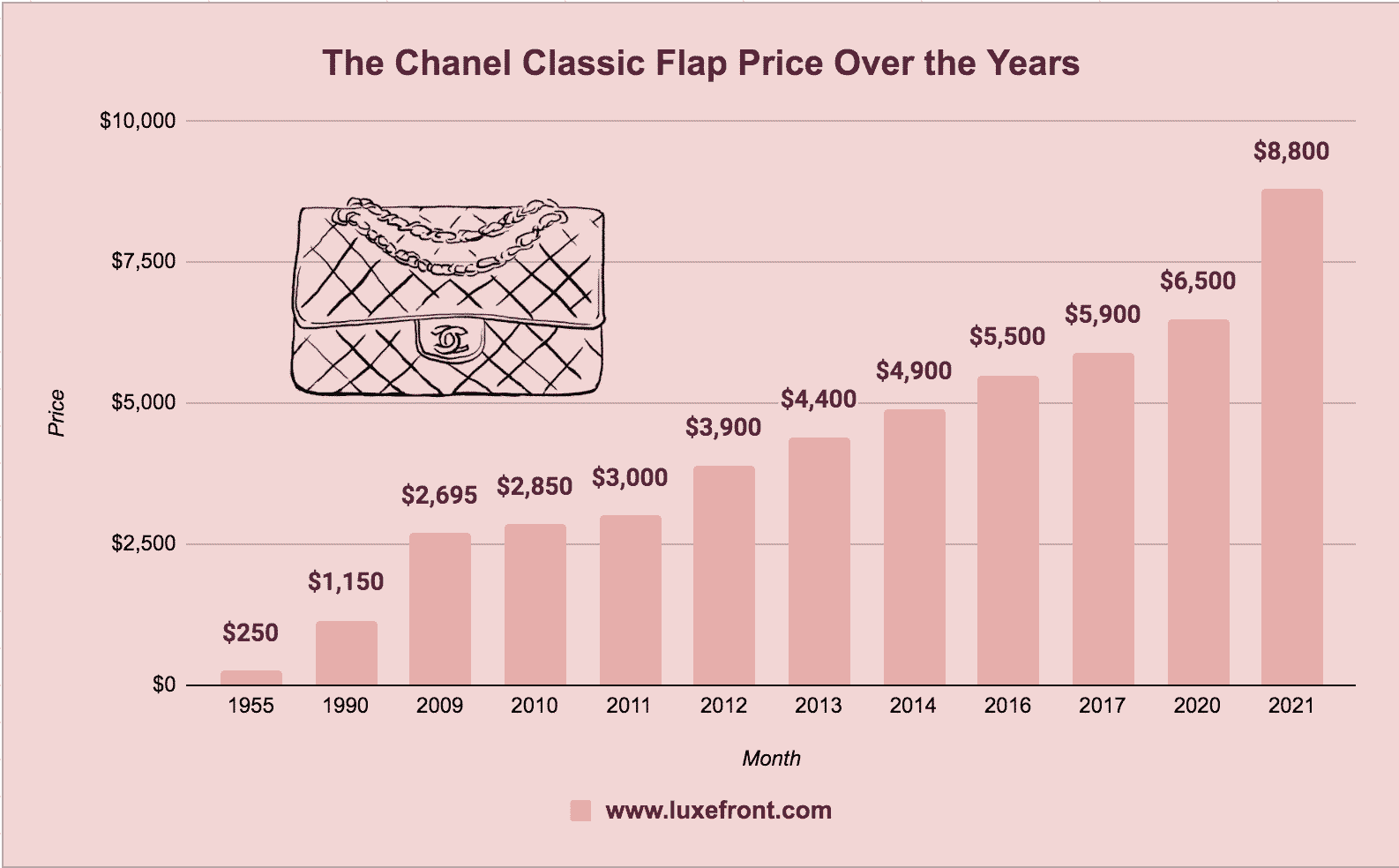
The Multitudes of Restrictions
During a much simpler era more than a decade ago that now alternately makes Chanel lovers weep, or pull their hair out of frustration, PurseForum member Mikimoto007 had written, “The Chanel bags seem much more inclusive, which is maybe something to do with Coco Chanel’s upbringing. Everyone – can have a Chanel bag if they save, if they can afford it – and I don’t regard that as a bad thing.”
Contrast this with the recent policies incorporated into the luxury fashion house’s selling tactics, where a customer may only purchase one purse at a time and must undergo a two-month waiting period to buy another. And even then, they are not allowed to purchase one with the same features (i.e., you can safely dismiss your notions of buying luggage full of Classic Flaps, even if you happen to extend your stay in Europe for a month or two).
And if simply limiting the number of bags that may be purchased wasn’t enough – something that Hermès itself has implemented for quite some time now, not to mention the fact that it was rarely ever possible to simply be able to walk into the store and have the amazing fortune to stumble upon your Holy Grail bag (even if you are aflush with cash) – 2023 will see the establishment of VIP-only stores that aim to exclusively serve Chanel’s most loyal customers.
“Our biggest preoccupation is to protect our customers and in particular, our pre-existing customers. We’re going to invest in very protected boutiques to service clients in a very exclusive way.” – CFO, Philippe Blondiaux
And this loyalty, as you might have guessed by now, is judged based on one’s spending profile. Not only is this a step above Hermès’ already-restrictive buying policies, but it quite possibly will also do away with the long wait lines that had become popular in Paris when waiting for one’s VIP appointments at the luxury boutiques of Hermès and Chanel. And given that “waiting in line as replacements” had only begun to gain popularity as a means of earning in major city centers with luxury boutiques, any prospects of future employment for me whatsoever go.
*sighs again*
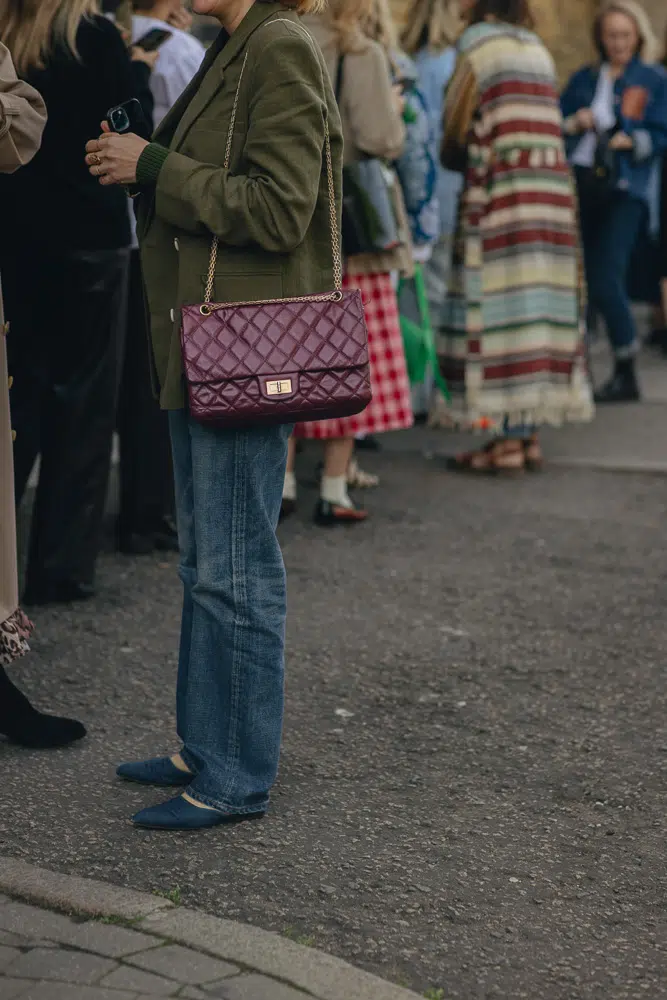
Trendier Designs for a Spending Profile
Speaking of a spending profile, Hermès buyers have become well-versed in the process of building one by now: stock up on enough bath towels and scarves and other knick-knacks, and you’ll soon have a Birkin/Kelly/Constance offered to you by your SAs (or so the lore goes).
On the other hand, the house of Coco, notorious for its pricey ready-to-wear, has seemingly taken a different approach to fan the flames of customer loyalty. Of course, it has its fair of eccentricities (fancy a Chanel bicycle, anyone?). Still, primarily, the brand has a slew of trendy seasonal purses to keep buyers at bay while they wait for their turn to purchase their aspirational HGBs again. So, while Hermès sticks to its tried-and-tested rotation of non-quota leather goods and handbag silhouettes, rarely introducing a radically new design, Chanel unveils zeitgeist-appropriate updated styles nearly every season to appeal to changing customer needs who may want to switch up their iconic quilts once in a while for more daring palettes like hot pink tweed.
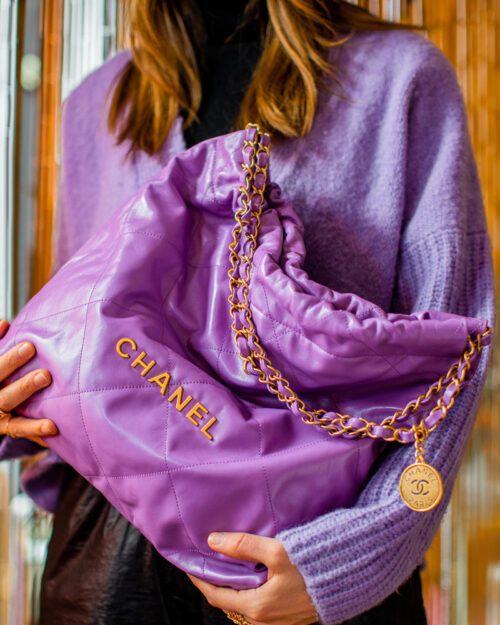
In fact, most of the house’s recent big, influencer-driven, and celeb-endorsed pushes have been for its more unconventional designs, like the pillowy 19 bag (although the label now deems it a classic), patent leather backpacks, giant-sized carryalls straight out of Y2K-era tabloids, like a horde of shopper totes and the 22 bag, that draws clear inspiration from the Coco Cabas of the noughties, as well as a range of sleek, half-moon hobos, all characterized by their quilts and CCs, that are sure to up the nostalgia factor.
And the advantage of offering seasonal styles is twofold – not only does it give longtime Chanel buyers something new to obsess over, but it also draws the attention of a growing base of millennial and Gen-Z customers who might eventually become longtime aficionados of the house. Thus, between making the Classic Flap harder to get and creating more affordable, buzz-worthy designs, the brand has cast an even wider net than before, but one that should theoretically preserve its exclusivity and relevance.
Are These Strategies Working?
The real question is: how successful have these policies been thus far?
Clearly, the house of Chanel has now made it of utmost priority to protect the exclusivity of its designs and, with it, that of its clientele, even if it means losing some pre-existing or prospective clients in the process. Like Hermès long before, it has come to dread the ubiquity and the “anyone can afford it appeal” that Chanel once possessed, choosing to limit its buyers to the crème de la crème.
And yet, for a brand to do so in today’s vulnerable economic climate is a risky maneuver, the recent European price-hike being an example as the continent continues to grapple with the recessionary downturn and energy crises induced by the pandemic and the Russia-Ukraine War. Furthermore, how the brand brought the price increases along has also been subject to considerable backlash – not only was much put into effect in the height of the COVID-19 catastrophe, but it also laid off several hundred employees at the same time – business decisions that perhaps could have been timed and executed more… sensitively.
Moreover, the brand has recently made significant attempts to impose controls over reselling its handbags: its lawsuit against The RealReal comes to mind, as do its announcements about customers found to be resellers being blacklisted. Thus, the company hopes to reduce the steady influx of Chanel purses, both new and vintage, into the pre-loved market, pushing up demand (and, again, prices) without essentially cannibalizing their own revenues.
And despite a large segment of buyers seemingly turning away from the brand, the results seem to sway in Chanel’s favor. A recent credit Suisse and Deloitte Luxembourg report, Collectibles Amid Heightened Uncertainty and Inflation, deems the Lagerfeld-designed Classic Flap to be a more secure investment instrument than inflation (obviously, since the percentage increases of Chanel’s retail prices are usually many times more than the inflation rates). Plus, present buyers and owners of Chanel Flaps can possibly benefit from the higher markups their purses would be valued at now.
But therein also lies the catch – if Chanel is trying to make reselling taboo, what, eventually, is the point of the handbags’ “intrinsic value” rising? And given that the price-hikes and restrictive measures haven’t been accompanied by commensurate quality or value additions, most consumers perceive the brand’s not-so-subtle trajectory to imitate Hermès rather than something warranting a high price tag of its own, i.e., if Chanel is going to try to surpass the big orange, it still has a lot of catching up to do!
However, only time will tell which direction Chanel’s current strategy takes the brand – out of the commoners’ reach or out of the market?
What do you think?

